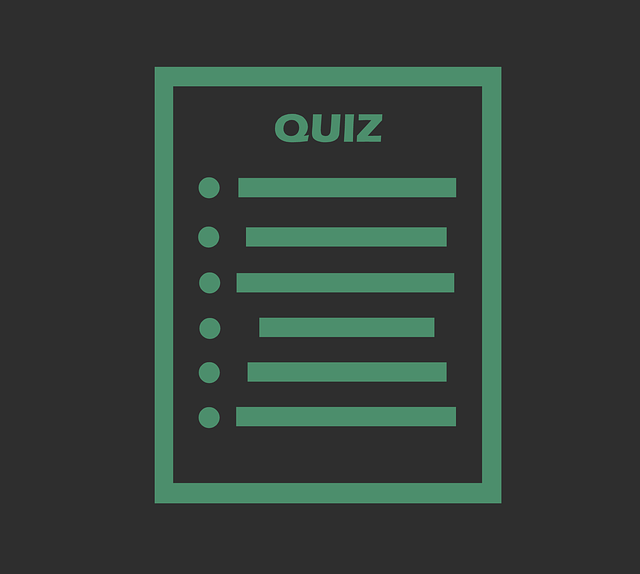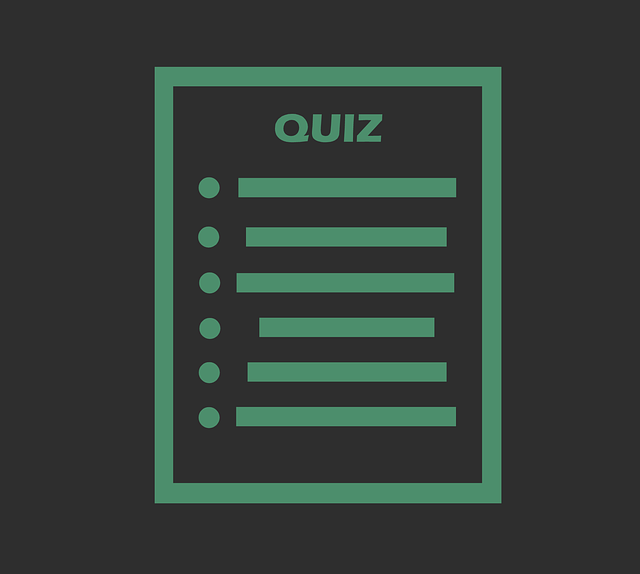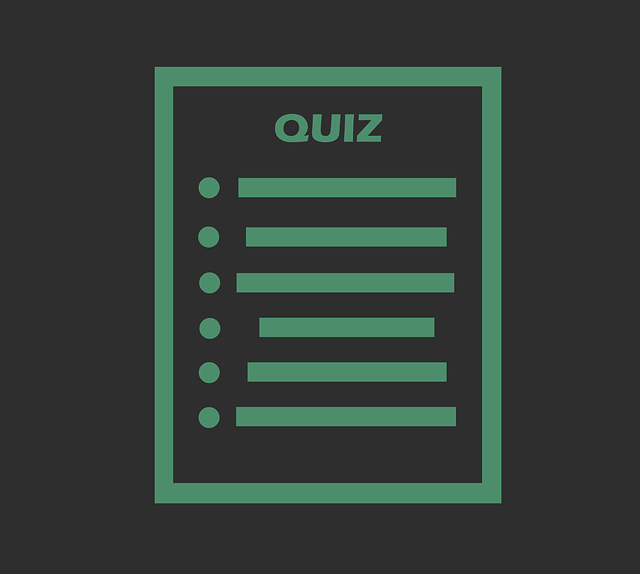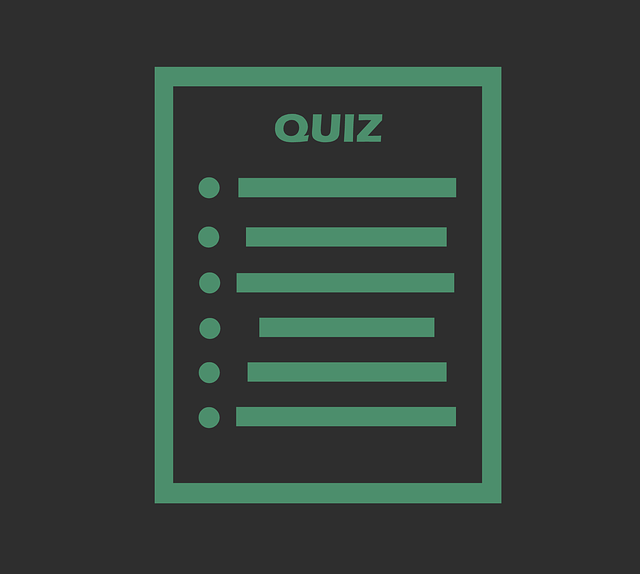In this blog you will find the correct answer of the Coursera quiz Fundamentals of Network Communication Coursera Week 3 Quiz mixsaver always try to brings best blogs and best coupon codes
Week- 3
Practice Assessment – Socket API & Digital Transmissions
1. Which of the following applications would you select TCP protocol for?
- File transfer
- Web browsing
- Domain name service
- None of the above
2. In BSD socket API, which type of socket is used to create a TCP socket?
- SOCK_STREAM
- SOCK_RAW
- SOCK_DGRAM
- None of the above
3. In BSD socket API, which type of socket is used to create a UDP socket?
- SOCK_STREAM
- SOCK_DGRAM
- SOCK_RAW
- None of the above
4. In BSD socket API, which system call is used to assign a network address to the socket?
- listen()
- connect()
- None of the above
- bind()
5. In BSD socket API, if a client knows the server name but not server’s network address, what system call should the client use to get server’s network address?
- Connect()
- gethostbyname()
- gettimeofday()
- None of the above
6. In a transmission system, which of the following statement is true for a receiver
- Receives energy from medium
- Converts information into signal suitable for transmission
- Converts received signal into a form suitable for delivery to user
- All of the above
7. In digital transmission, long distance digital communications require the use of a generator to recover original data sequence and re-transmits on next segment
- True
- False
8. In twisted pair, a category 5 UTP cable can support a data rate of up to 16MHz
- True
- False
9. Which of the following statement is true for optical fiber
- Plentiful bandwidth for new services
- Dominates long distance transmission
- Distance less of a cost factor in communications
- All of the above
10. Which of the following are advantages of optical fiber
- No corrosion
- Extremely low bandwidth
- Wavelength dependency
- Noise immunity
Graded Assessment – Socket API & Digital Transmissions
1. In BSD socket API, which call is usually used for transmitting data in the connectionless mode?
- accept()
- connect()
- sendto()
- None of the above
2. Which of following statement about TCP/UDP sockets is wrong?
- TCP socket is stream oriented
- UDP socket is block oriented
- TCP is faster than UDP
- All of the above
3. Which of following are commonly used as digital communication medium?
- Optical fiber
- All of the above
- Coaxial cable
- Twisted pair
4. Consider a network link that has distance of 100 meters, and signal traverses at the speed of light in cable 2.5 x 10^8 meters per second. The link has transmission bandwidth of 100 megabits/second (100 x 10^6 bits per second). The packet size is 400 bits. What is the signal propagation delay?
- 4 x 10^-7 seconds
- 4 x 10^-9 seconds
- 4 x 10^-6 seconds
- None of the above
5. Consider a network link that has distance of 100 meters, and signal traverses at the speed of light in cable 2.5 x 10^8 meters per second. The link has transmission bandwidth of 100 megabits/second (100 x 10^6 bits per second). The packet size is 400 bits. What is the packet transmission delay?
- None of the above
- 4 x 10^-9 seconds
- 4 x 10^-6 seconds
- 4 x 10^-7 seconds
6. An API allows application programs to access certain resources through a predefined interface?
- True
- False
7. In transport protocol, which of the following statements is true for User Datagram Protocol
- It enables best-effort connectionless transfer of individual block of information
- It enables connection-oriented reliable transfer of individual block of information
- It enables best-effort connectionless reliable transfer of a stream of bytes
- None of the above
8. Which of the following sentences are true for connectionless stream mode of service
- No setup overhead and delay
- Destination address with each block
- Send/receive to/from multiple peer processes
- Multiple write/read between peer processes
9. In transmission delay, in order to reduce the number of bits in a message we use data compression
- True
- False
10. Which of the following is true of data compression algorithms
- Represent the information using fewer bits
- Recover information approximately
- Modify data headers
- Recover original information exactly
Important Links:
- Fundamentals of Network Communication Coursera Week 1 Quiz
- Fundamentals of Network Communication Coursera Week 2 Quiz
- Fundamentals of Network Communication Coursera Week 4 Quiz
- Fundamentals of Network Communication Coursera Week 5 Quiz





